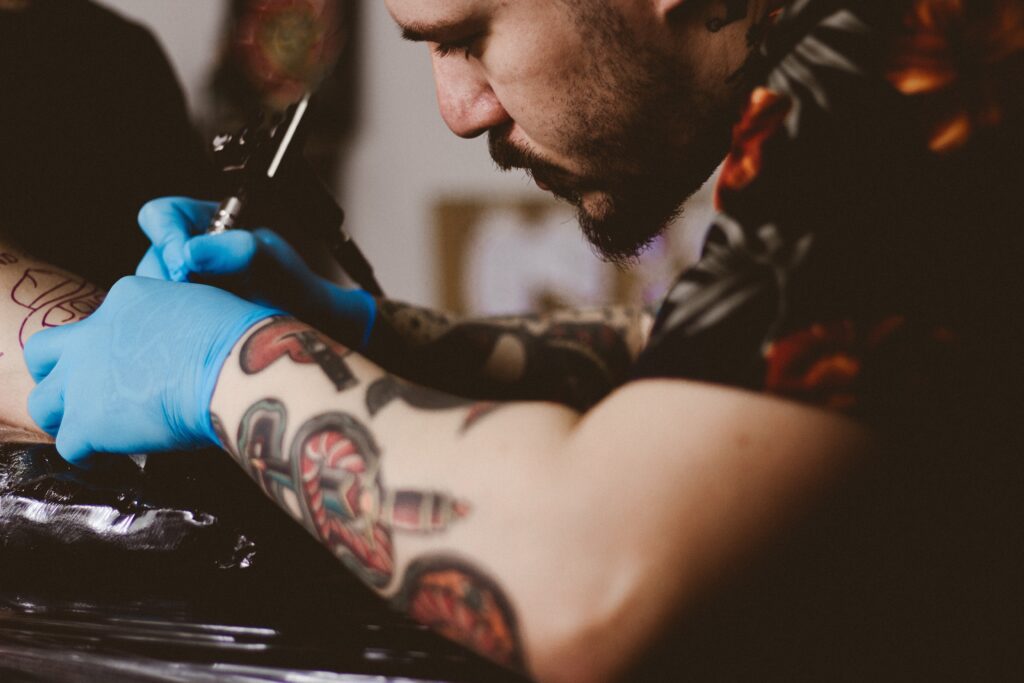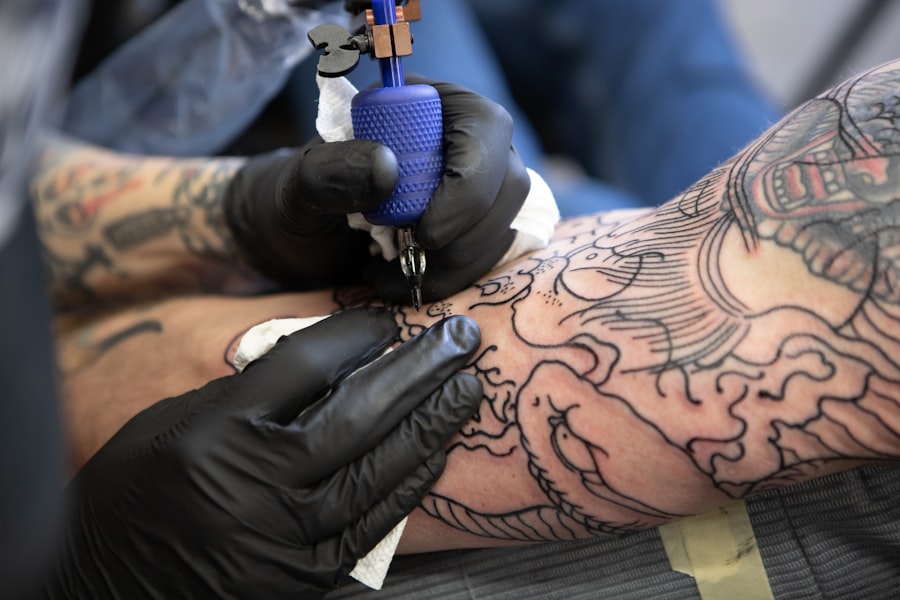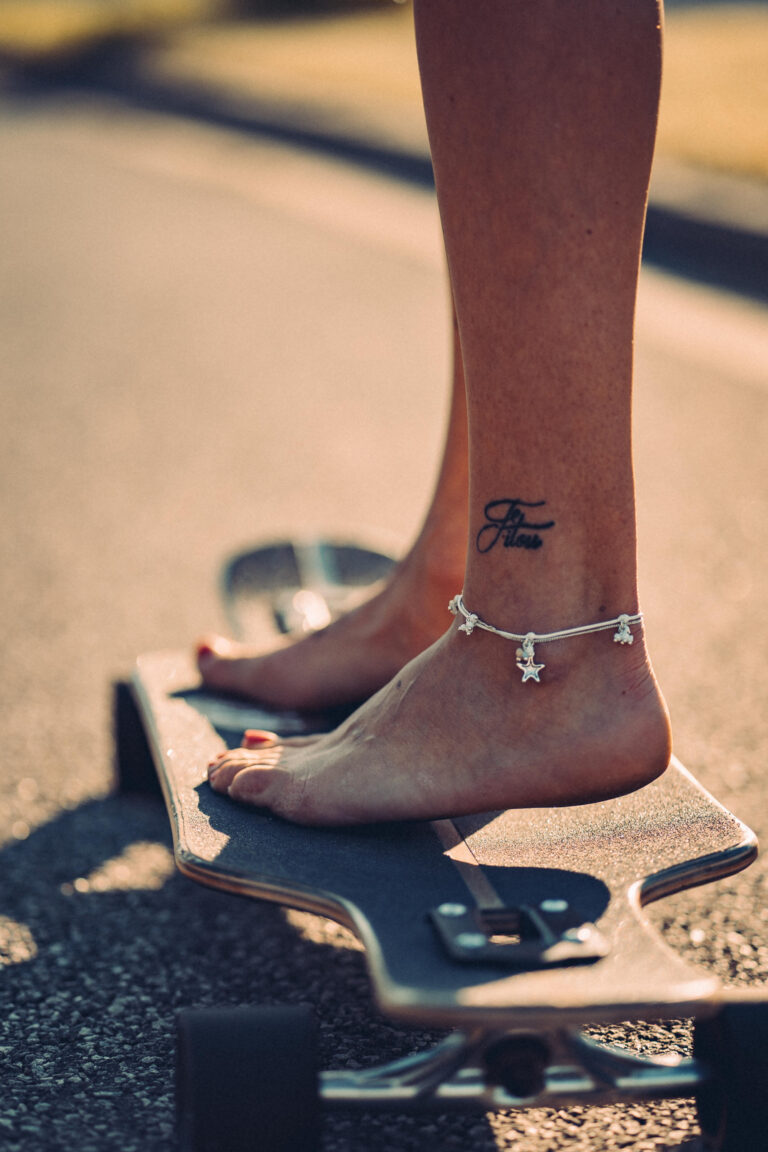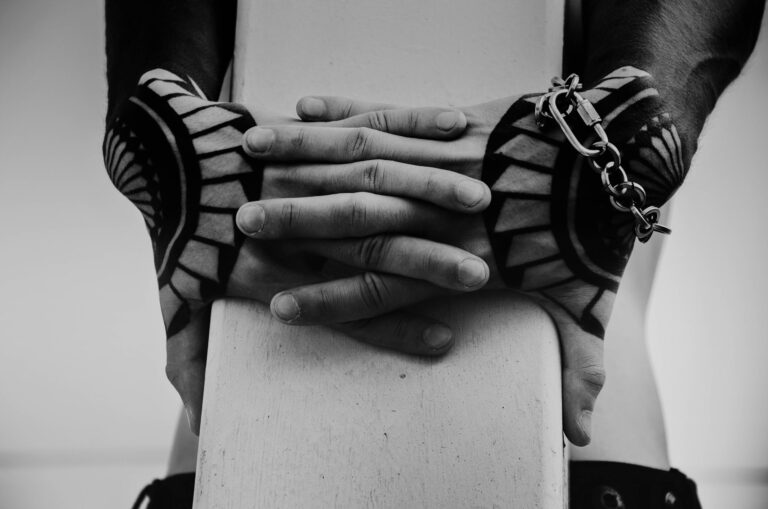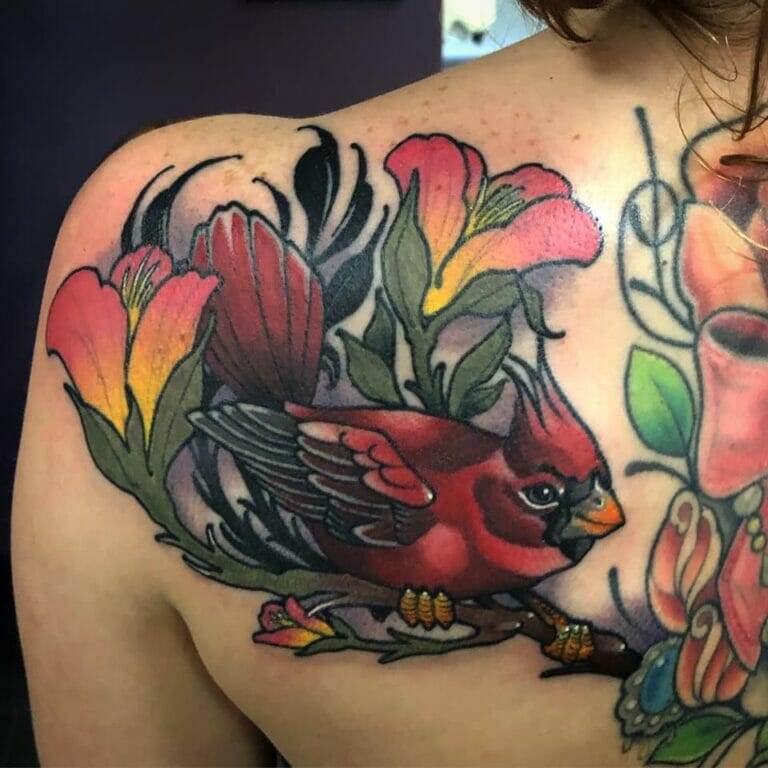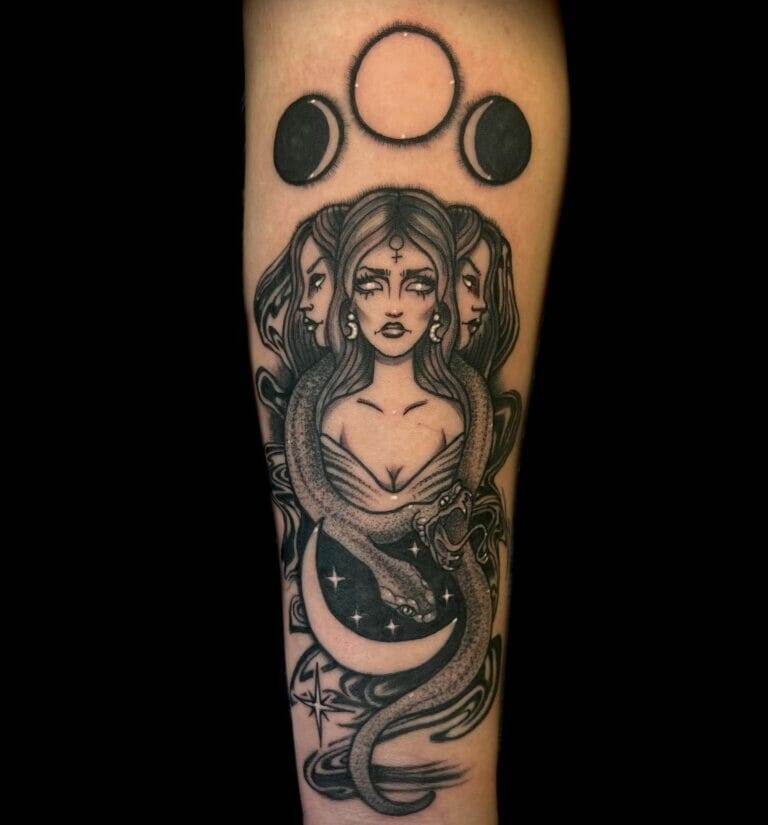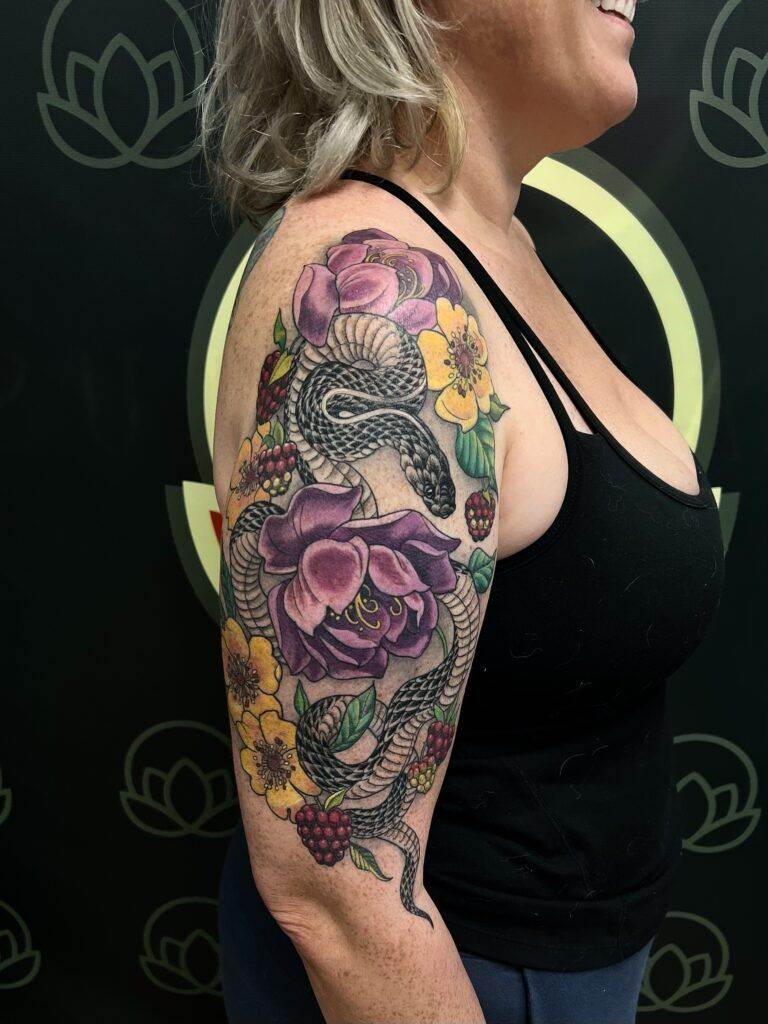The tattoo healing process is a crucial phase that every individual must navigate after getting inked. Initially, the skin undergoes a series of changes as it reacts to the trauma of the needle. The first few days are characterized by redness, swelling, and tenderness, which are all normal responses as the body begins to heal.
During this time, the tattoo may appear vibrant and fresh, but it is essential to remember that this is just the beginning of the healing journey. The skin will start to scab and peel, which can be alarming for some, but it is a natural part of the process. As the days progress, the outer layer of skin will shed, revealing the true colors and details of the tattoo underneath.
This phase can last anywhere from two to four weeks, depending on various factors such as skin type, tattoo size, and placement. Proper aftercare during this period is vital to ensure that the tattoo heals correctly and retains its intended appearance. Keeping the tattoo clean and moisturized while avoiding direct sunlight and soaking in water can significantly impact the final outcome.
Understanding this healing process helps individuals appreciate their tattoos more deeply and prepares them for any necessary touch-ups in the future.
Key Takeaways
- Proper aftercare is crucial for the tattoo healing process
- Fading, blurring, or uneven lines are signs that your tattoo needs a touch-up
- The right time for a touch-up is when the tattoo has fully healed
- Research and ask for recommendations to find a reputable tattoo artist in Katy
- Follow aftercare tips and keep your tattoo moisturized for best results
Signs That Your Tattoo Needs a Touch-Up
Recognizing when a tattoo requires a touch-up is essential for maintaining its beauty and integrity. One of the most common signs is fading, which can occur due to various factors such as sun exposure, skin type, or even the quality of ink used. If a tattoo appears dull or lacks vibrancy compared to its original state, it may be time to consider a touch-up.
Additionally, if there are areas where the ink has not settled properly or has faded unevenly, these inconsistencies can detract from the overall appearance of the piece. Another indicator that a touch-up might be necessary is if there are visible gaps or spots where the ink has not taken well. This can happen for several reasons, including improper aftercare or skin reactions during the healing process.
If you notice any areas that look patchy or incomplete, it’s advisable to consult with a professional tattoo artist who can assess the situation and recommend appropriate steps. Being proactive about these signs ensures that your tattoo remains a source of pride rather than concern.

Choosing the Right Time for a Touch-Up
Timing is crucial when it comes to scheduling a tattoo touch-up. Ideally, you should wait until your tattoo has fully healed before considering any enhancements or corrections. This typically means waiting at least four to six weeks after your initial appointment.
During this time, your skin will have settled, allowing for a more accurate assessment of how well the ink has taken. Rushing into a touch-up too soon can lead to complications, such as further irritation or uneven healing. Moreover, seasonal changes can also play a role in determining the best time for a touch-up.
For instance, if you live in an area with harsh sunlight during summer months, it may be wise to wait until fall or winter when UV exposure is less intense. This allows your skin to recover without the added stress of sun damage, which can affect both healing and color retention. Ultimately, choosing the right time for a touch-up involves patience and consideration of both your skin’s condition and environmental factors.
Finding a Reputable Tattoo Artist in Katy
When it comes to finding a reputable tattoo artist in Katy, thorough research is essential. Start by seeking recommendations from friends or family members who have had positive experiences with local artists. Online reviews and social media platforms can also provide valuable insights into an artist’s style and professionalism.
Look for portfolios that showcase their work, paying attention to details such as line work, shading, and color application. A skilled artist will have a diverse portfolio that reflects their ability to execute various styles and techniques. Additionally, visiting tattoo shops in person can help you gauge the atmosphere and cleanliness of the establishment.
A reputable shop will prioritize hygiene and safety protocols, ensuring that all equipment is sterilized and that artists follow best practices. Don’t hesitate to ask questions about their experience, techniques, and aftercare recommendations. A good artist will be open to discussing their process and addressing any concerns you may have.
By taking these steps, you can find a talented tattoo artist who aligns with your vision and can help bring your ideas to life.
Preparing for Your Tattoo Touch-Up Appointment
Preparation is key when heading into a tattoo touch-up appointment. First and foremost, ensure that your skin is in optimal condition before your visit. This means avoiding sun exposure and moisturizing regularly in the days leading up to your appointment.
Hydrated skin will allow for better ink absorption and overall results. Additionally, it’s advisable to avoid alcohol or blood-thinning medications 24 hours prior to your session, as these can increase bleeding during the procedure. On the day of your appointment, wear comfortable clothing that allows easy access to the area being touched up.
Arriving well-rested and hydrated can also contribute positively to your experience. If you have specific concerns about your tattoo or areas that need attention, make sure to communicate these clearly with your artist. Bringing reference photos of your original tattoo can also be helpful for them to understand what adjustments are needed.
By preparing adequately for your touch-up appointment, you set the stage for a successful outcome.
Aftercare Tips for a Freshly-Touched-Up Tattoo
Aftercare is just as important following a touch-up as it is after getting a new tattoo. The first few days are critical for ensuring proper healing and maintaining the vibrancy of your refreshed ink. Begin by gently cleaning the area with mild soap and lukewarm water, avoiding any harsh scrubs or exfoliants that could irritate the skin.
Patting the area dry with a clean towel is essential; never rub it as this can disrupt the healing process. Once cleaned, applying a thin layer of fragrance-free moisturizer or specialized tattoo aftercare ointment can help keep the skin hydrated without clogging pores. It’s crucial to avoid soaking in water or exposing the tattoo to direct sunlight during the initial healing phase.
Wearing loose clothing over the area can also prevent friction and irritation. Following these aftercare tips diligently will help ensure that your touched-up tattoo heals beautifully and retains its intended appearance.
Long-Term Care and Maintenance for Your Tattoo
Long-term care for your tattoo is vital in preserving its beauty over time. One of the most effective ways to maintain vibrant ink is through diligent sun protection. UV rays can cause significant fading; therefore, applying sunscreen with a high SPF on exposed tattoos is essential whenever you’re outdoors.
Additionally, wearing protective clothing or seeking shade during peak sun hours can further safeguard your ink from damage. Regular moisturizing is another key aspect of long-term tattoo care. Keeping your skin hydrated not only benefits your overall skin health but also helps maintain the clarity and vibrancy of your tattoo colors.
Consider using products specifically designed for tattoos that contain nourishing ingredients without harsh chemicals or fragrances. Furthermore, staying hydrated by drinking plenty of water contributes positively to skin elasticity and overall appearance. By incorporating these practices into your routine, you can enjoy your tattoo’s beauty for years to come.
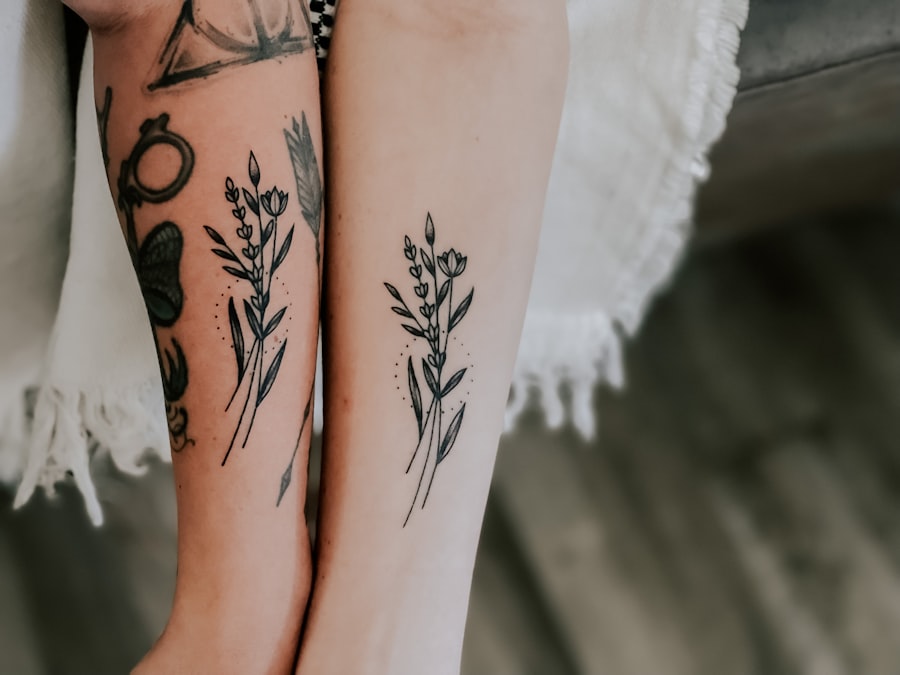

Final Thoughts: Embracing the Beauty of Your Refreshed Tattoo
Embracing the beauty of a refreshed tattoo involves more than just appreciating its aesthetic appeal; it’s about celebrating personal expression and individuality. A touch-up can breathe new life into an existing piece, enhancing its vibrancy and ensuring that it continues to tell your story effectively. Each tattoo carries significance, whether it represents a milestone, memory, or artistic expression; thus, maintaining its integrity becomes an act of honoring that meaning.
As you admire your refreshed ink, take pride in the journey it represents—from conception through healing to ongoing care. Tattoos are not merely decorative; they are lifelong companions that evolve alongside you. By understanding the healing process, recognizing when touch-ups are needed, and committing to proper care, you ensure that your tattoos remain as beautiful as they were on day one.
Embrace this journey with confidence and joy; after all, each mark on your skin tells a unique story worth celebrating.
FAQs
What is a touch-up for a tattoo?
A touch-up for a tattoo is a process where a tattoo artist goes over an existing tattoo to freshen up the colors and lines, and fix any areas that may have faded or blurred over time.
How often should I consider getting a touch-up for my tattoo?
The frequency of touch-ups for tattoos can vary depending on factors such as the quality of the original tattoo, the location on the body, and how well the tattoo has been cared for. Generally, touch-ups may be needed every 2-5 years to maintain the vibrancy of the tattoo.
What are the signs that indicate a tattoo needs a touch-up?
Signs that indicate a tattoo may need a touch-up include fading of colors, blurring of lines, loss of sharpness or detail, and overall dullness of the tattoo.
Can any tattoo artist perform a touch-up on my tattoo?
It is recommended to seek out a professional and experienced tattoo artist who specializes in touch-ups to ensure the best results. Not all tattoo artists have the expertise or experience in performing touch-ups.
How much does a touch-up for a tattoo typically cost?
The cost of a touch-up for a tattoo can vary depending on the size of the tattoo, the amount of work needed, and the rates of the tattoo artist. It is best to consult with the tattoo artist for an accurate estimate.


